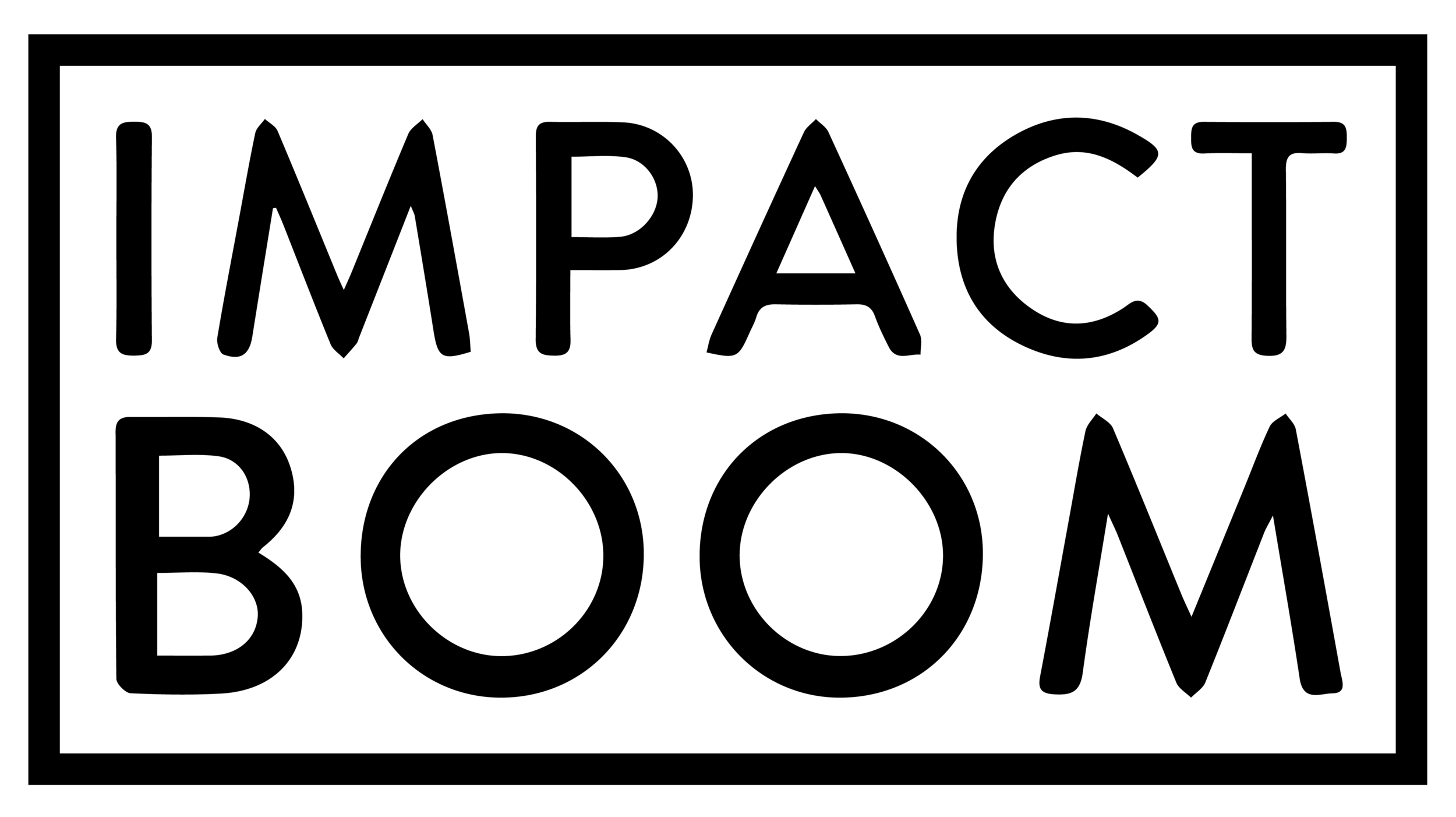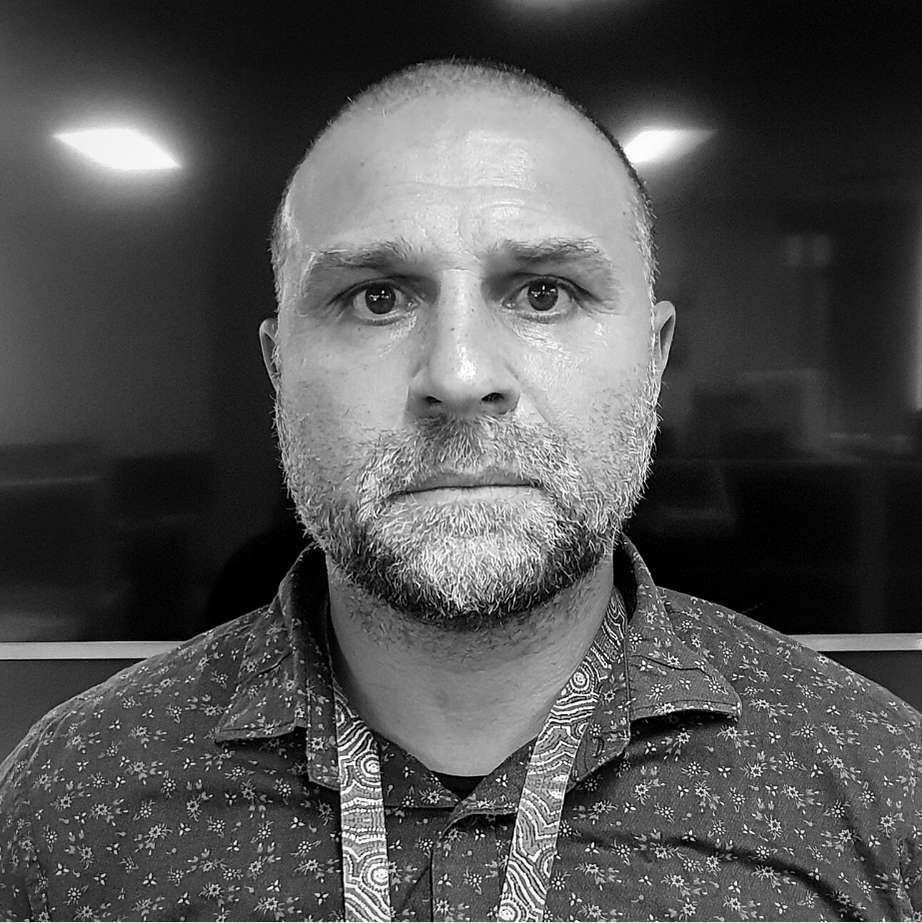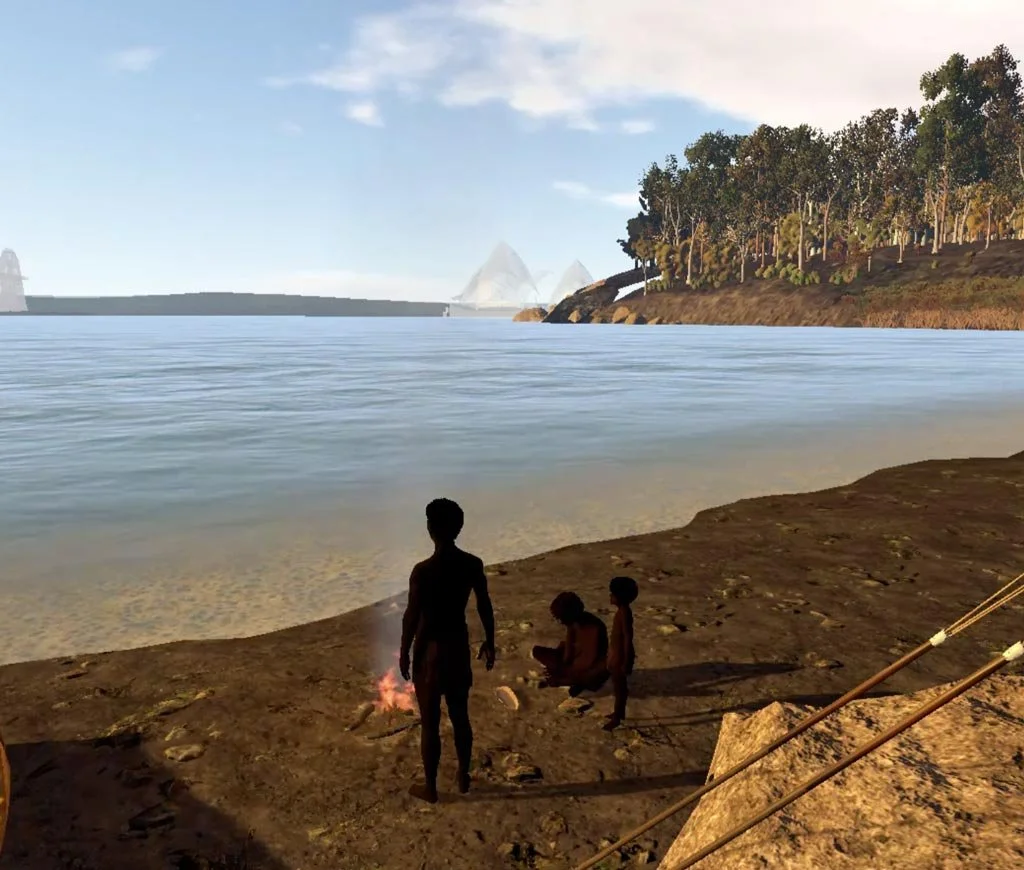Brett Leavy On Reconnecting With First Nations Culture and History Through Virtual Reality Technology
Brett Leavy is a descendant of the Kooma people whose traditional land borders Maroanoa River and the town of St George towards the Warrego River in the west nearing the town of Cunnamulla, north towards the Carnarvon Range nearing the town of Mitchell and south to the QLD and NSW border. His Kooma People won their Native Title right to this traditional country way back in 2014.
He has been elected to multiple social impact community-based not-for-profit organisations including, Black Community Housing, Kooemba Djarra Performing Arts Company, Qld Trachoma Eye Health Association, Brisbane Indigenous Media Association, Australian Indigenous Communication Association, Community Broadcasting Foundation, Musgrave Park Cultural Centre, and World Indigenous Association (UN).
At present, Brett manages Bilbie Virtual Labs, a First Nations social impact organisation with the mission of developing a Virtual Storytelling software toolkit (SAAS) to empower First Nations communities, both domestically and abroad, to record, preserve, and represent, respectfully the traditional knowledge and connection of First Nation people to their custodial landscape. He uses the medium of augmented and virtual reality to achieve this.
Virtual Songlines application has been employed at many places already including the Cross River Rail Experience Centre in Brisbane, the National Maritime Museum in Sydney, the Ian Potter Museum in Melbourne, Yagan Square in Perth, Daejeon Museum of Contemporary Art in South Korea and many other galleries, libraries and museums.
Brett Discusses his perspective on promoting Indigenous culture and stories through virtual reality technology and how SEWF 2022 will strengthen and provide diverse representation within social enterprise.
Highlights from the interview (listen to the podcast for full details)
[Indio Myles] - To start off Brett, could you please just share a bit about your background and what led to your work with Virtual Songlines?
[Brett Leavy] - My background is I'm First Nations, and I like to tell stories using the mediums that I'm able to. That started in radio a while back, then progressed to documentary production and over the last decade or more, I've been exploring gamification on PC computers, augmented reality and virtual reality as well.
It really is just about what's the best way of getting somebody's yarn out there and told in the best possible way that does its justice, is authentic, is engaging and respectful.
You are the Director of Bilbie Labs, an organisation developing the Virtual Songlines Virtual Heritage Toolkit. Could you tell us a bit more about this project and its purpose?
I'm the Director, but I call myself also the Virtual Heritage Jedi! I think someone called me the Padawan, but I thought after 10 years I might've progressed to Jedi status! Also as most people do in social enterprise, you tend to do more than just be the Director. You tend to be the Creative Director, the Cultural Liaison Officer, the Designer, Programmer, Trouble-shooter and Fixer upper. There's lots of things in part of that, and that's really it. It's just a great challenge and I've got a great team around me and we're just trying to do as best we can.
Can you tell us a bit more about what Virtual Songlines is looking to achieve?
Our big bold vision has been described as digital storytelling of cultural heritage for Australian First Nations people across the length and breadth of this country. We're focused mainly on doing 50 projects related to capital cities and regional towns and visualising those spaces in three-dimensional space before first settlement.
In that world, we're trying to achieve a multi-user environment, so multiple people can go there digitally and walk in the footsteps of our ancestors.
That's the ultimate aim, and that's what I love to show. When people see it, they get it, but it's very hard to describe. It's a bit mind-blowing people tell me.
A scene from the Virtual Songlines VR experience.
How do Indigenous owned and run businesses that operate with a social outcome differ to the ‘business as usual’ approach?
The thing is that I think in social impact for First Nations people, you're focused on improving their lifestyle, wellbeing and connection to their identity. Our focus is on that, so even though you might call it a business, we call it a vocational calling, or a cultural calling. That's how I operate. I'm always thinking about who am I helping? I don't want to do any hurt or harm, but then in exploring some of the questions that we've got in our virtual worlds, there are some terrible things that have happened in the past. Our work is a bit like a truth-telling of a sort. If we're telling people what First Nations culture was like before settlement, it's painting a very at times romantic picture. But following first settlement, there was a drastic upheaval for First Nations people.
We aren't going to shy away from that when we start to explore things like the frontier wars and showing how the movement of the frontier affected the lifestyle, wellbeing and harmony of First Nations people and the land that they were the custodians of. In our digital representation, there's a forensic analysis of that work exploring all the traditional cultural events that would have happened on a day-to-day basis. Where do people wake up, did they rekindle their fire in the morning, where did they go off to gather food, when did they organise themselves to go for a hunt to gather meat for lunch or dinner and what were the roles played within those clans and tribal camping areas? It's a bit like a suburb that you have today, where down the road is a grocery store, across the bridge there might be a park, or a local football/soccer field and netball courts. There might be a school and also there might be a council that comes around and picks up our bin and takes it away.
All of these concerns were the same concerns that First Nation communities had and were having to be managed before settlement. I don't think anything changes from then to now in terms of the need for communities to be sustainable.
That's what we're representing.
With the fantastic news that the Social Enterprise World Forum is coming to Brisbane in 2022, what most excites you about SEWF and where do you see Virtual Songlines being in September of 2022?
I think that event would be great to attend firstly, but the next part is that everybody who's there who might have social impact ideals in what they do, and there'll be likeminded community organisations and social enterprises that are doing wonderful things in a whole raft of different areas. I really feel like if we can be part of that and take people back to the first footsteps taken by First Nations people in a traditional way through our virtual reconstructions, that audience might go and respect, understand and recognise First Nations people in their local area.
I hope when they go home, they take the same values back and say, "let’s take a moment to respect who came before us and how they played a role to allow us to have what we have today."
It leads into so many other questions too I might add; I won't mention climate change!
The Elevate+ Accelerator 2020 cohort.
Where do you see other opportunities in the Australian social good sector for this to occur? Where can we better represent Indigenous Australians moving in this sector?
Naturally, an extension of our work is if we were to build these applications as we are across the length and breadth of our urban and regional centres, where they can each standalone city by city and town by town, they could be easily used to embed Indigenous perspectives in the classroom through STEM. I had a yarn with a gentleman who runs a suite of childcare centres. He wondered whether my software or applications could serve his needs. He's actually seen me a few times and I thought long and hard about this, and I think that we might be able to build an augmented reality app as a digital storybook, and rather than reading the words on a page, their kids will see the stories come out of animated avatars, or First Nations people modelled to tell stories, to dance, to practice their culture and to hunt and gather.
In that regard, there's so many things that can come out of that, which I would think we can meet with this type of thing. I decided we could do something for those kids about social and emotional capability and physicality by getting them to get in and move about, not just sit down and read but actively stand and do it. This will get them to think critically and respond to what they're seeing in front of them with a cultural sensitivity. There'll be some oral language and obviously communications in that regard. We're looking at something that's inclusive and accessible. Augmented reality done in a culturally sensitive and responsible way might serve that need.
As an Impact Boom alumnus, what advice would you give to early stage social entrepreneurs trying to get their projects off the ground?
There's a few things, and I think it's both internal and external, internal being in you and external being those around you. I'll go external first, don't be afraid to ask for help, there are people out there. That advice can be very broad in all manner of ways, and every social impact has got to look at everything that relates to any mainstream business, but the added pressure being social impact. Reach out and look for that support, but internally, stay the course. If you decide on your mission and you've got your plan in what you're going to achieve, you've just got to stick to it and not lose faith.
Getting any enterprise up and running, especially in social impact is a roller coaster of ups and downs, of troughs and full tides I suppose you'd call it. It's not easy, it's a challenge and you don't want to be dissuaded by that.
Also, if you do it, I would suggest to anybody have that courage to go all in. Some people have a bob each way, staying in the job while trying to get this social enterprise up on the side. I've never seen that part time 50-50 approach ever work, but I'll be happy to be proven wrong.
Those people I've seen that really go for it and not lose sight of their ultimate vision, their vision over time becomes a realised reality because of that.
You've got so many alumni that you've interviewed, something like 250+ podcasts, all of them I would say that are successful are all in and that's what you need to be sure of. Being all in takes a lot of resilience, inner strength and if those things wane in you, reach out to other alumni or social enterprise organisations and they'll pick you up.
Are there any inspiring projects or initiatives that you might like to mention for our audience?
I want to talk about someone that I really love, and she inspires me. She's just a legend in my book, a lady by the name of Nicole Dyson. She does an entrepreneur program for schools, and from my way of thinking, she's teaching people how to fish. If you can fish, you can eat forever. The other thing is that in that same process, she inspires people to follow their passions and dreams. She’s just too deadly for my way of thinking if you know what I mean by ‘too deadly’! There's another person I'd like to mention, oh there's actually a few, but there are champions in most of the organisations that I deal with. There's a chief James Ross from the Gwich'in people on Northwest Territory. There's chief Joe Shirley of the Navajo Nation that we dealt with. Jackie Huggins and Michael Williams who used to be the chairs of AIATSIS in Canberra have helped me, inspire me and given me advice. There's a very strong Aboriginal woman called Suzanne Thompson from Western Queensland who was looking at and identifying the travels of dinosaurs through her country which set up a dream time story. There's a guy out at Alice Springs whose name is Vincent Forrester who speaks eloquently and is beyond an elder about the Seven Sisters dreamtime story and song lines. This was a story that I think was showcased at the National Museum of Australia. One of my favourite people is Professor Marcia Langton out of the University of Melbourne who is looking to pursue the eugenics movement and set it straight for First Nations people if you know much about eugenics.
Now, these people inspire me, and when I mentioned those names, they all have their pet projects, and I want to apologise for the two dozen other people that I should be mentioning!
There are many others that I could spend the whole podcast defining, and each one of them is worthwhile as a mention and for any listener to go and explore in this space. But those are the people I think are doing an amazing social impact across the sectors in various states across the country.
To finish off, are there any books or resources that you would recommend for our listeners to look at?
Go to any library that's attached to any museum and buy everything that has an Indigenous story in it. Every museum and any gallery across the country. That means the National Museum of Australia, Australian Museum, Museum of Sydney, Museum of Brisbane, Queensland Museum and Melbourne Museum. I think you should buy one more thing, a bookcase for the Indigenous library!








